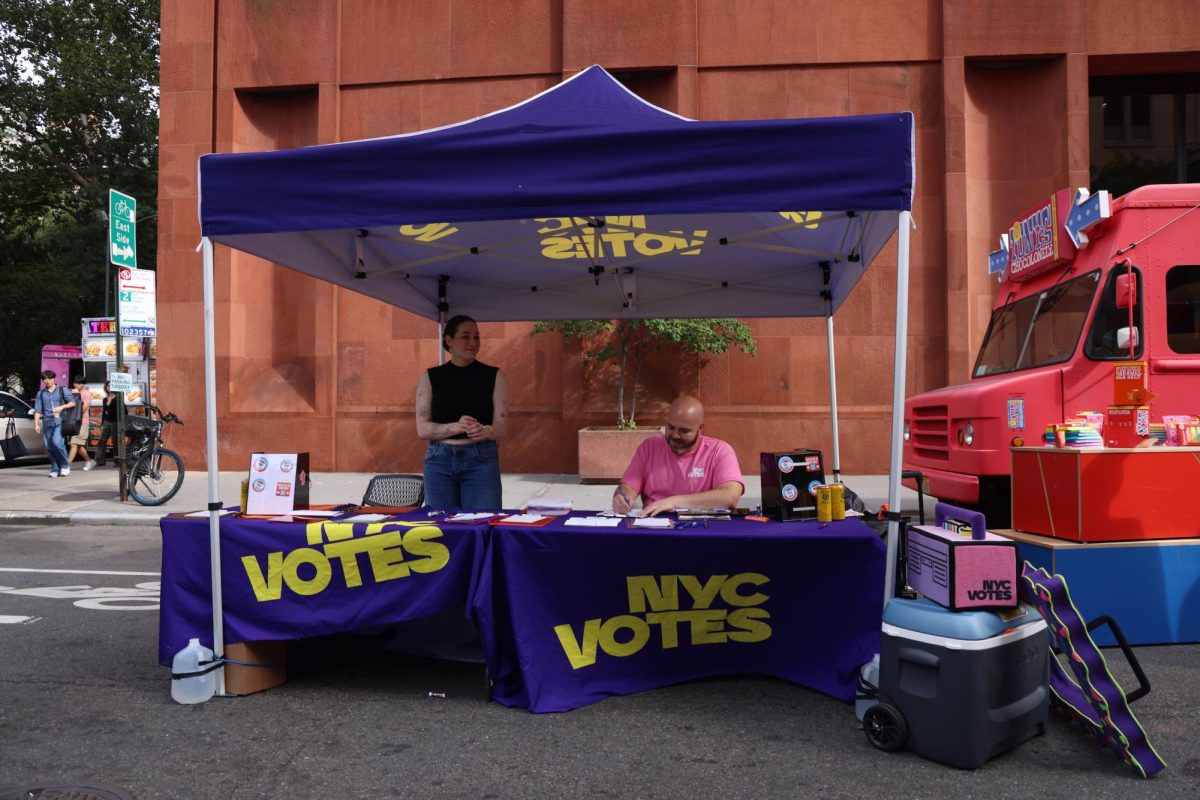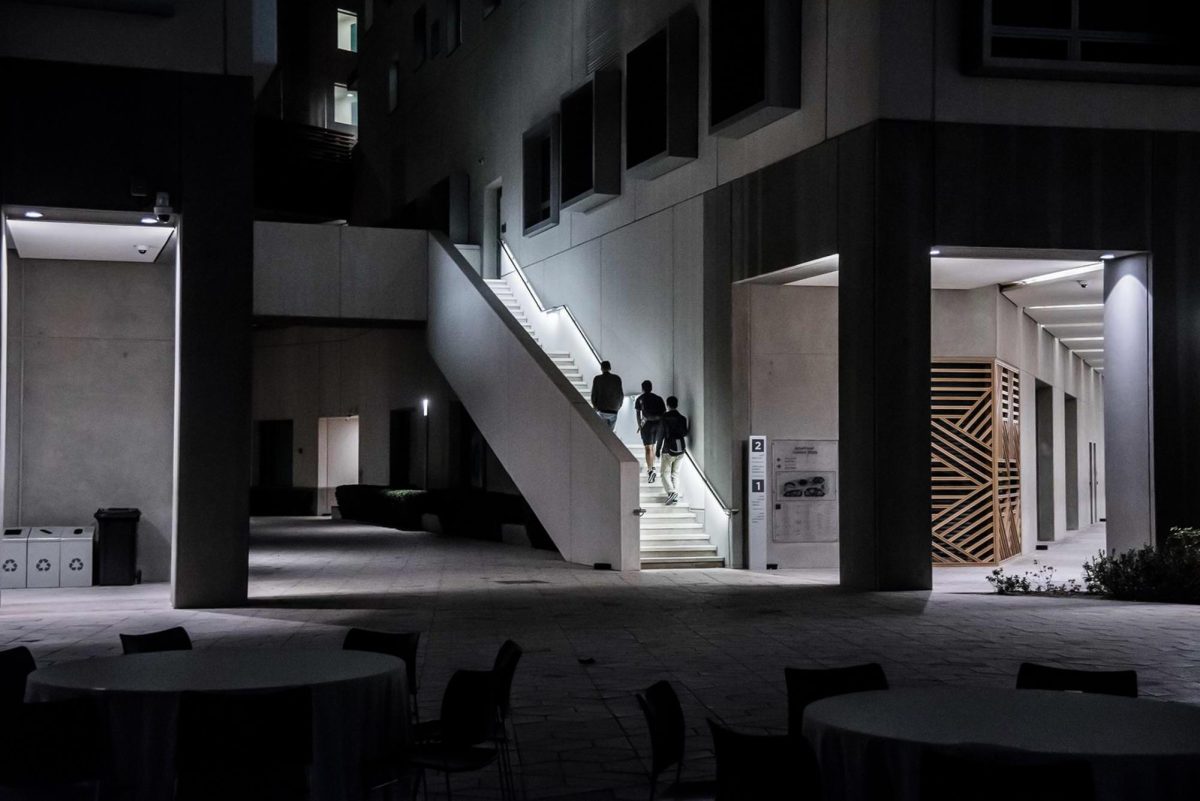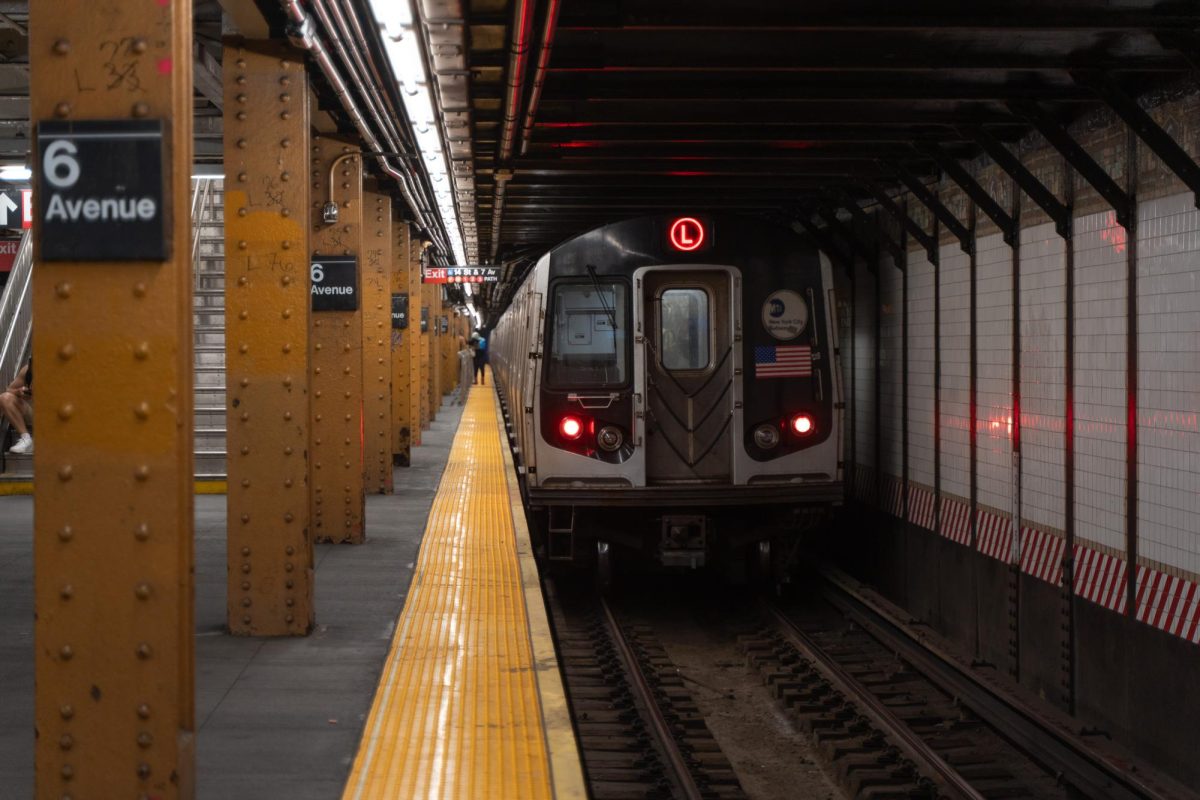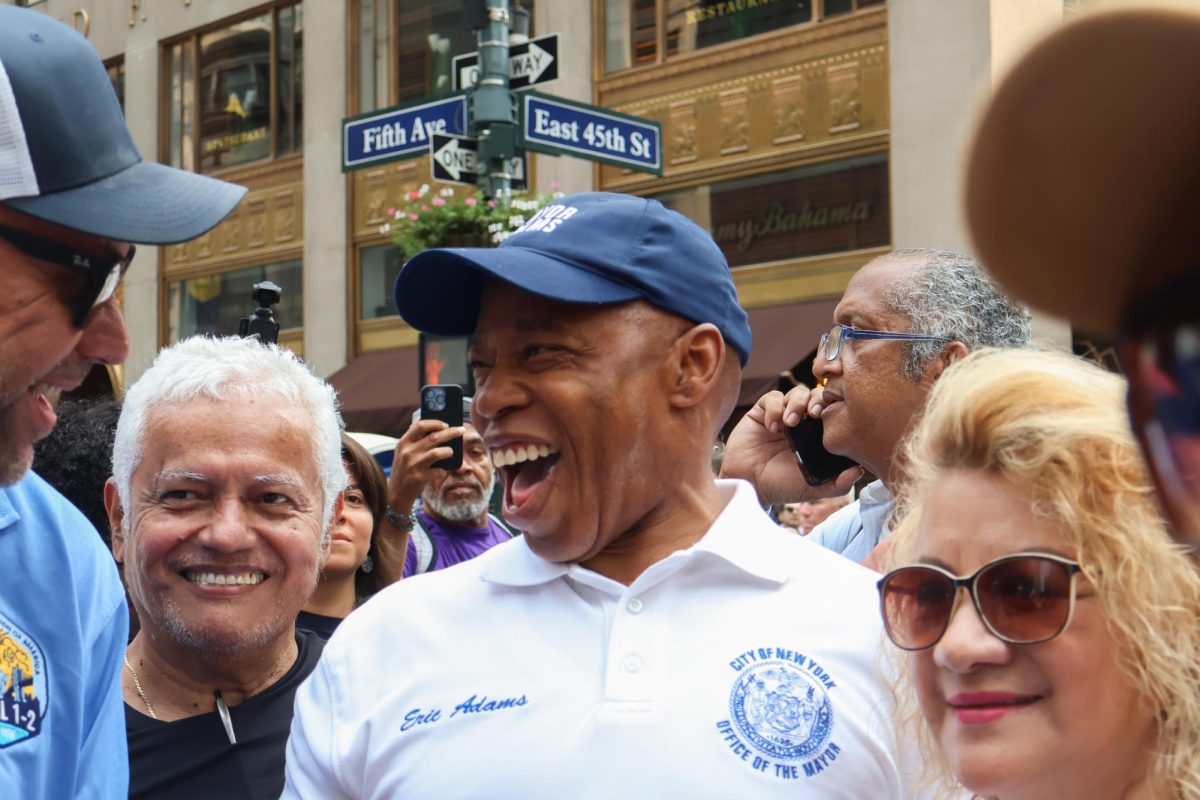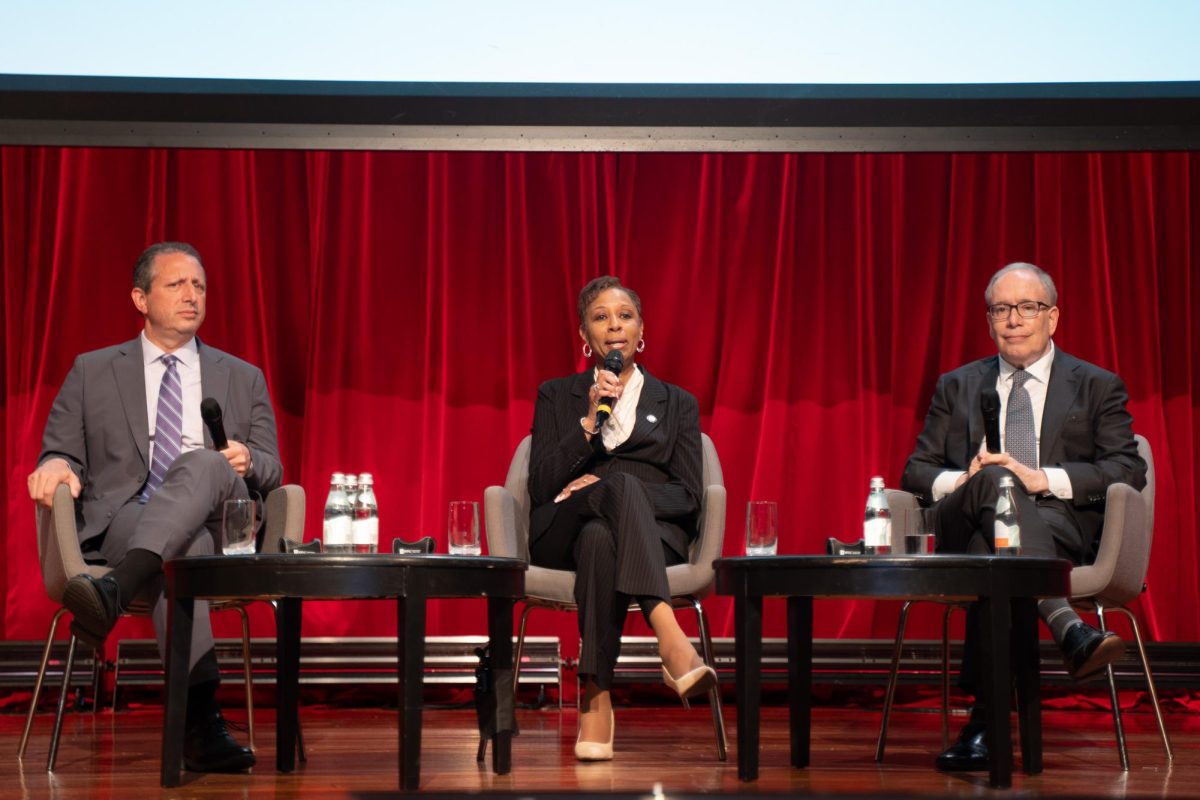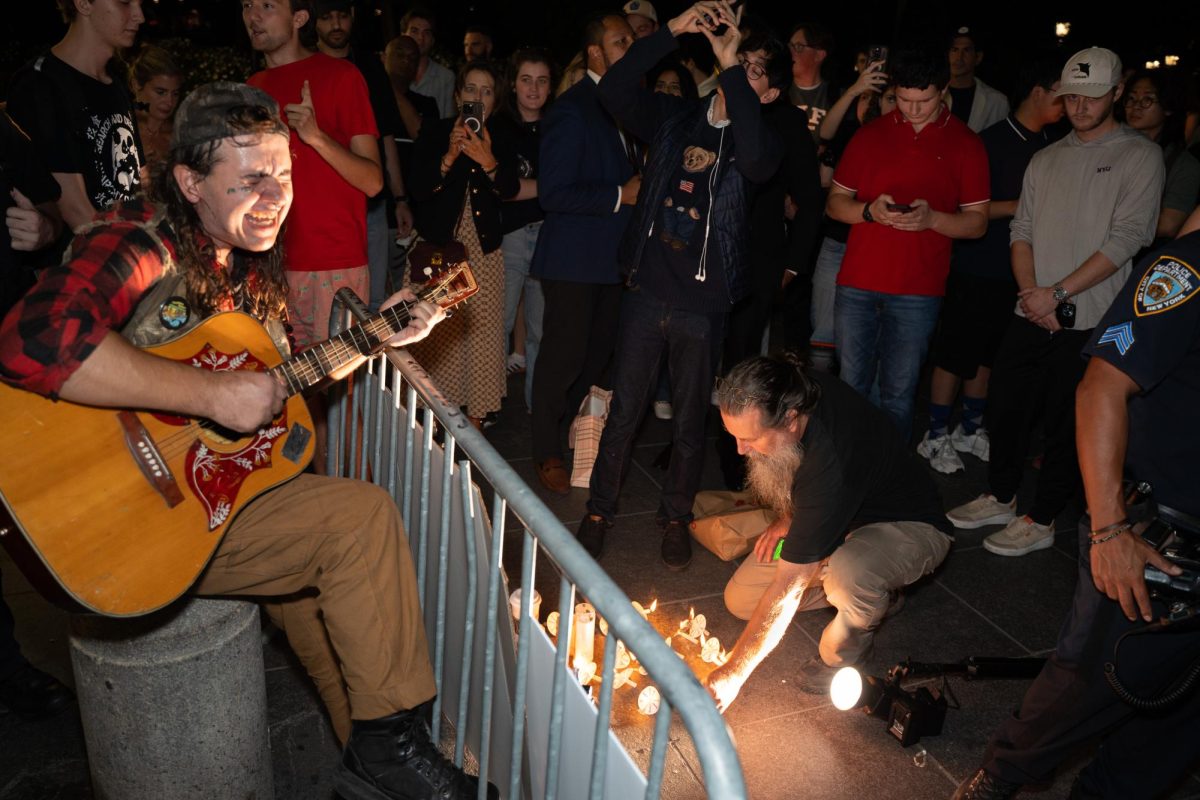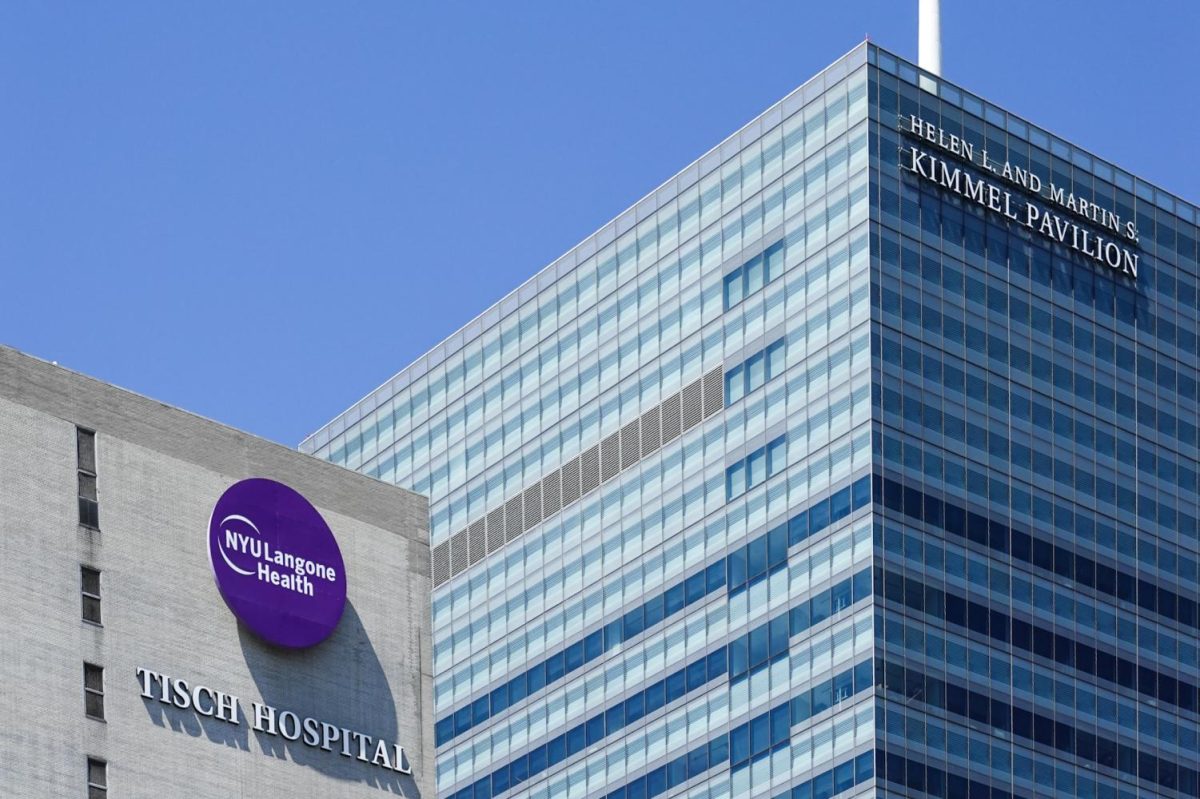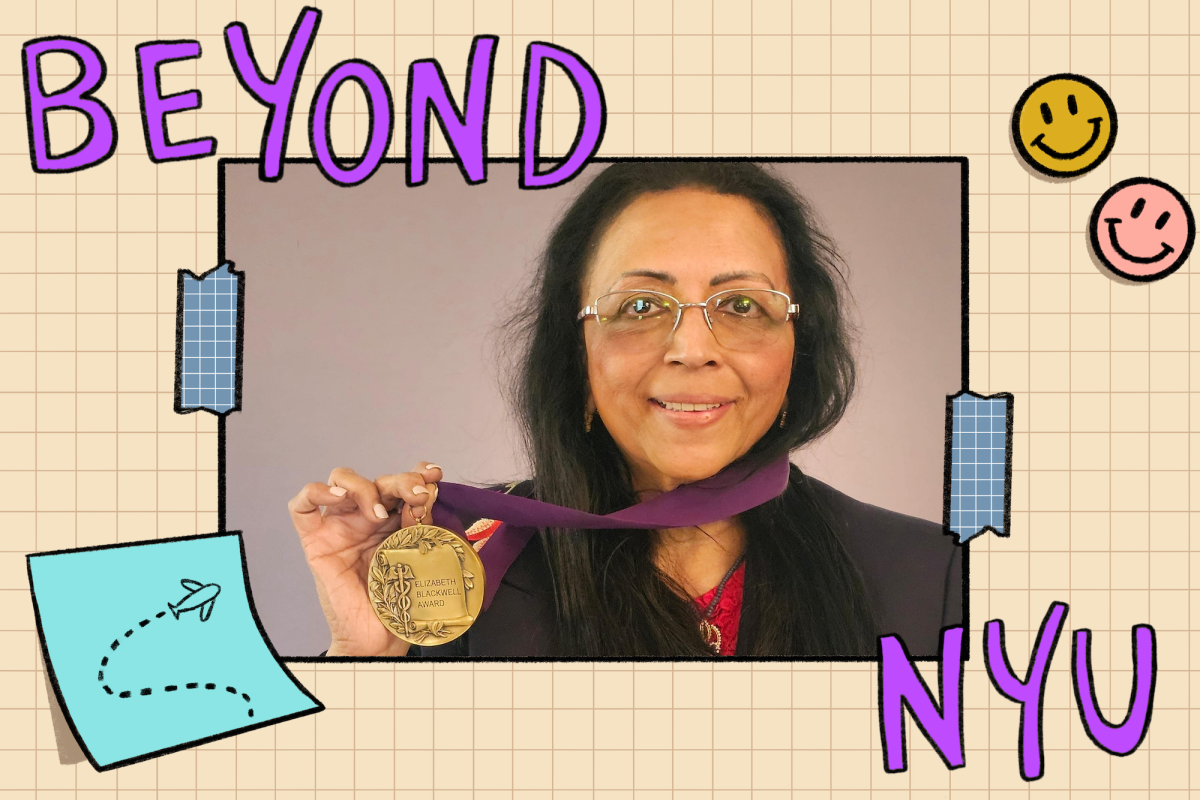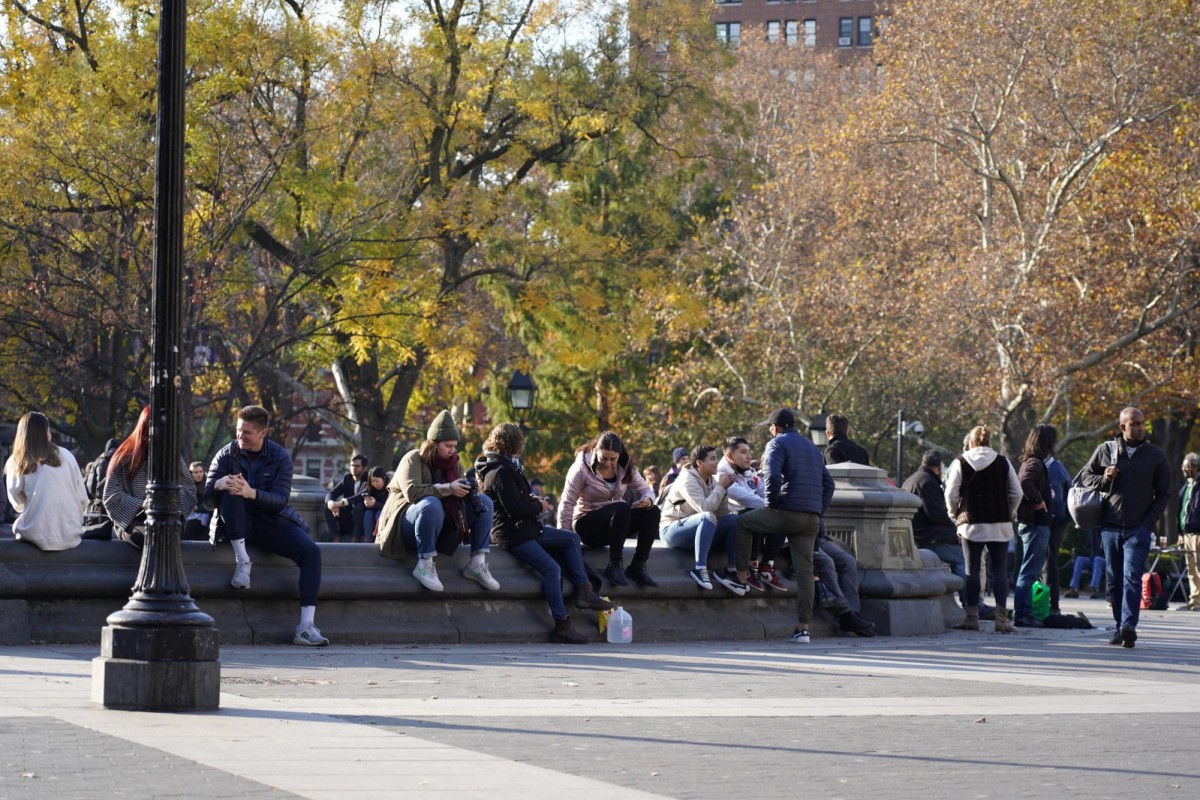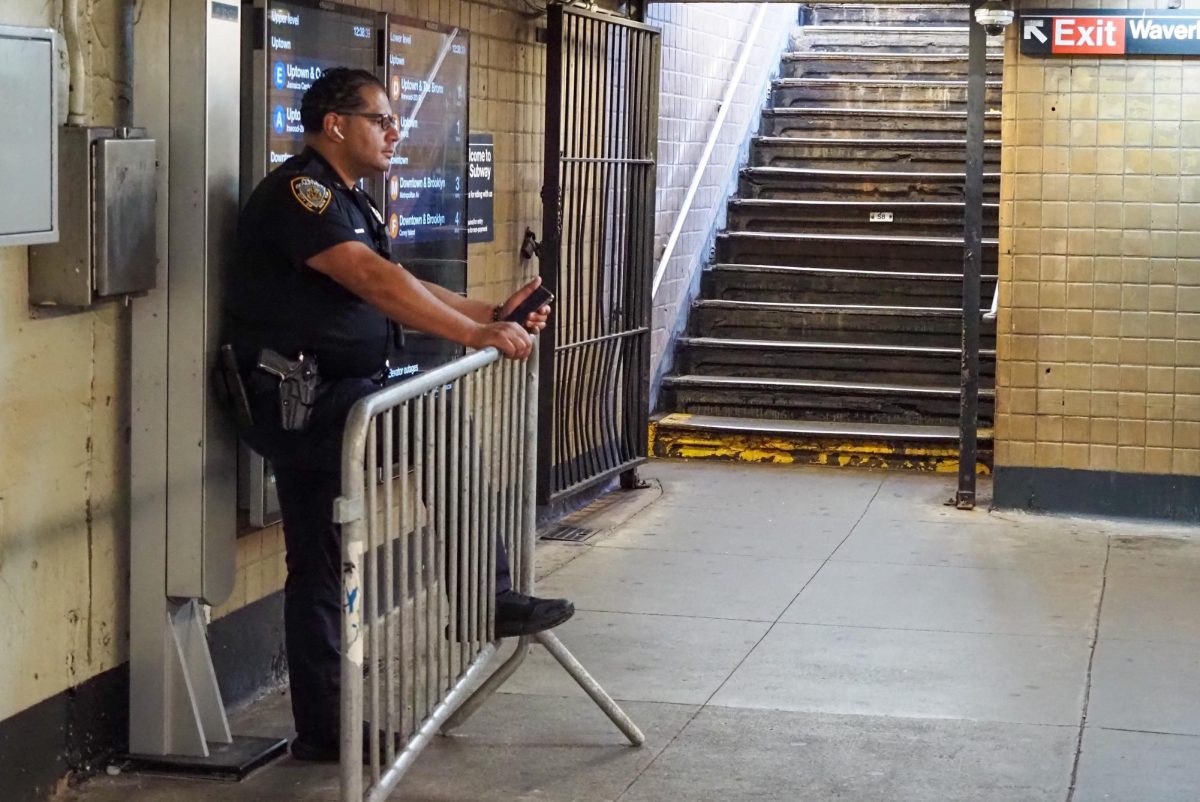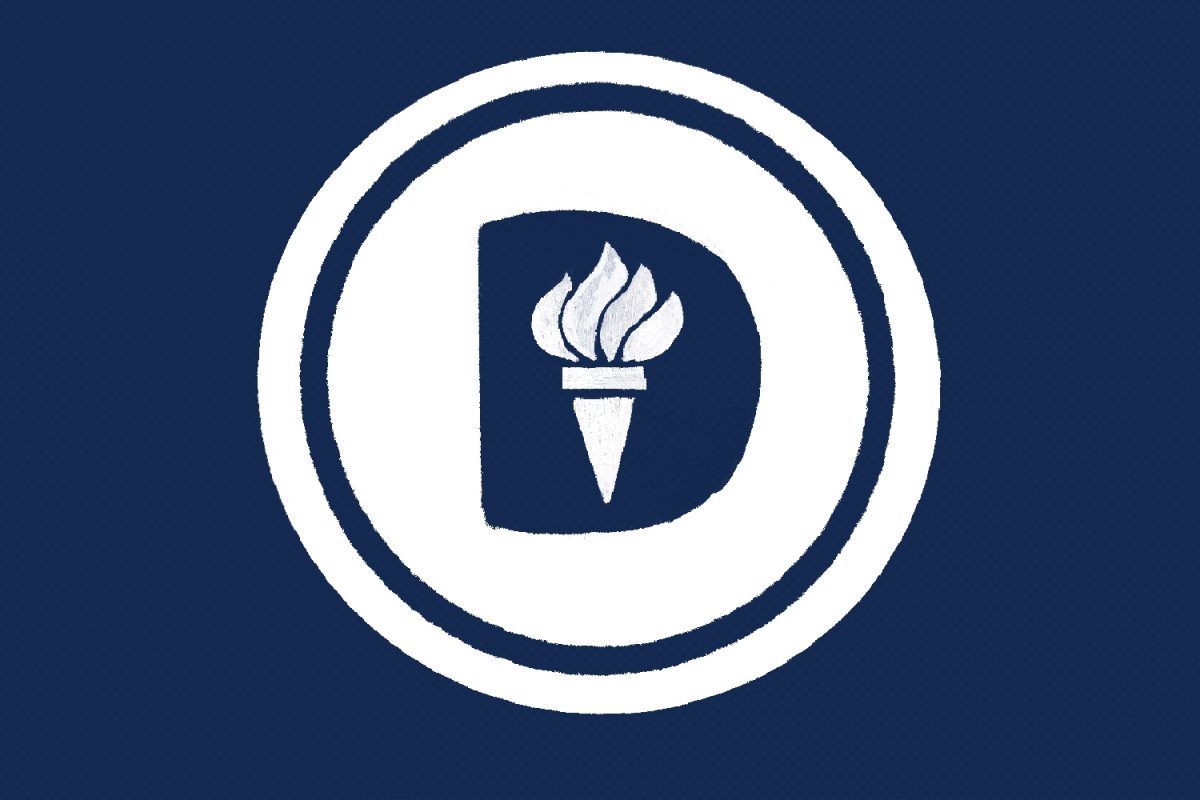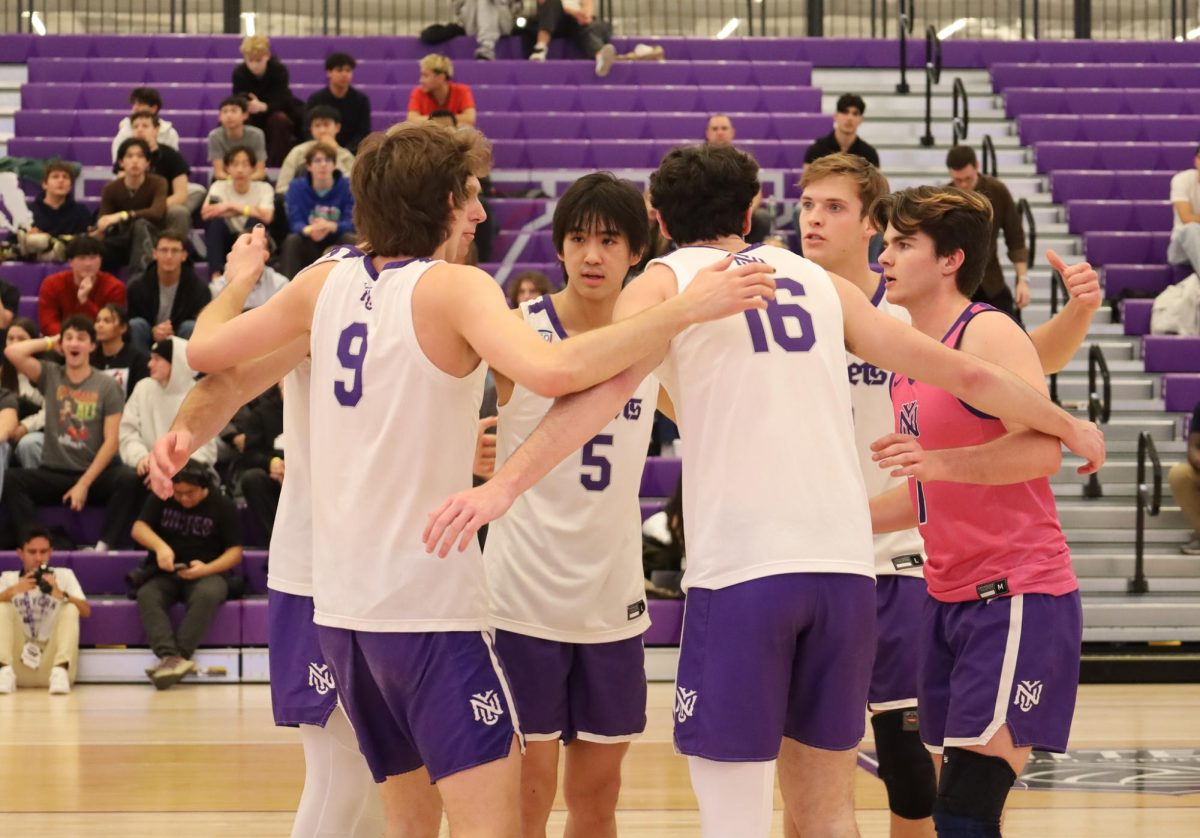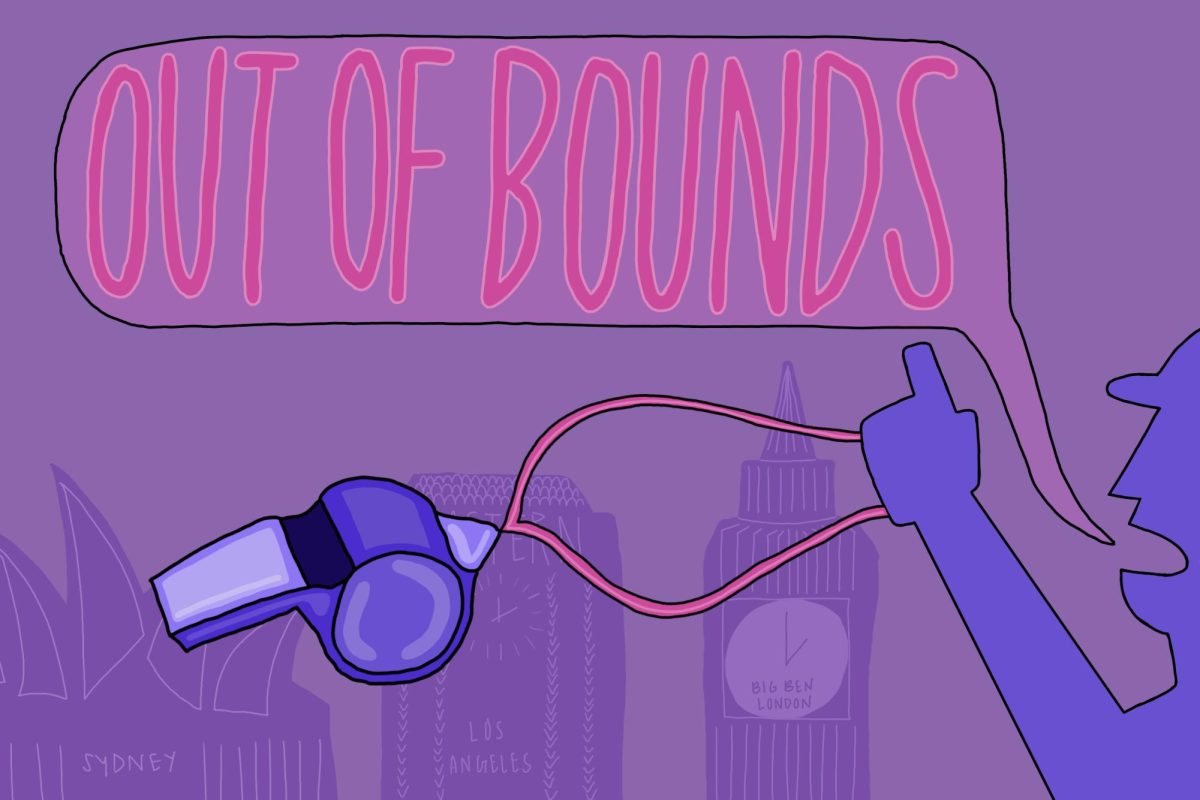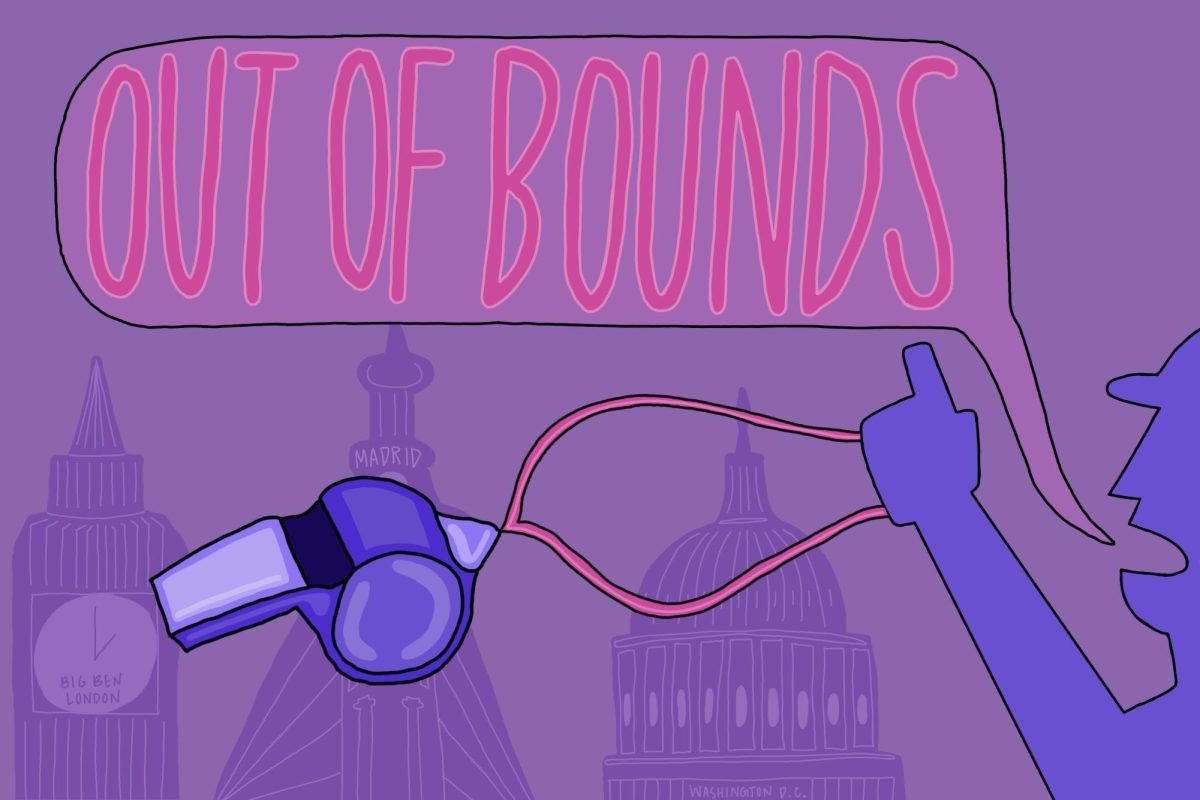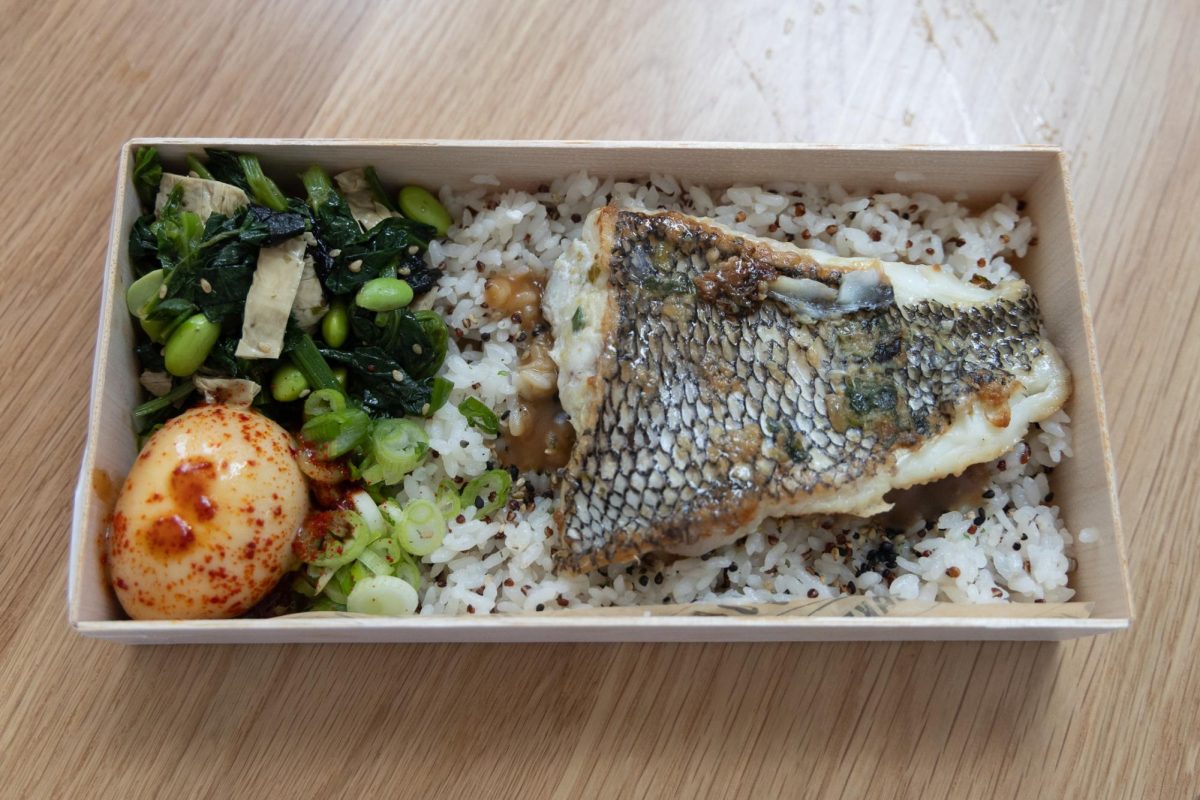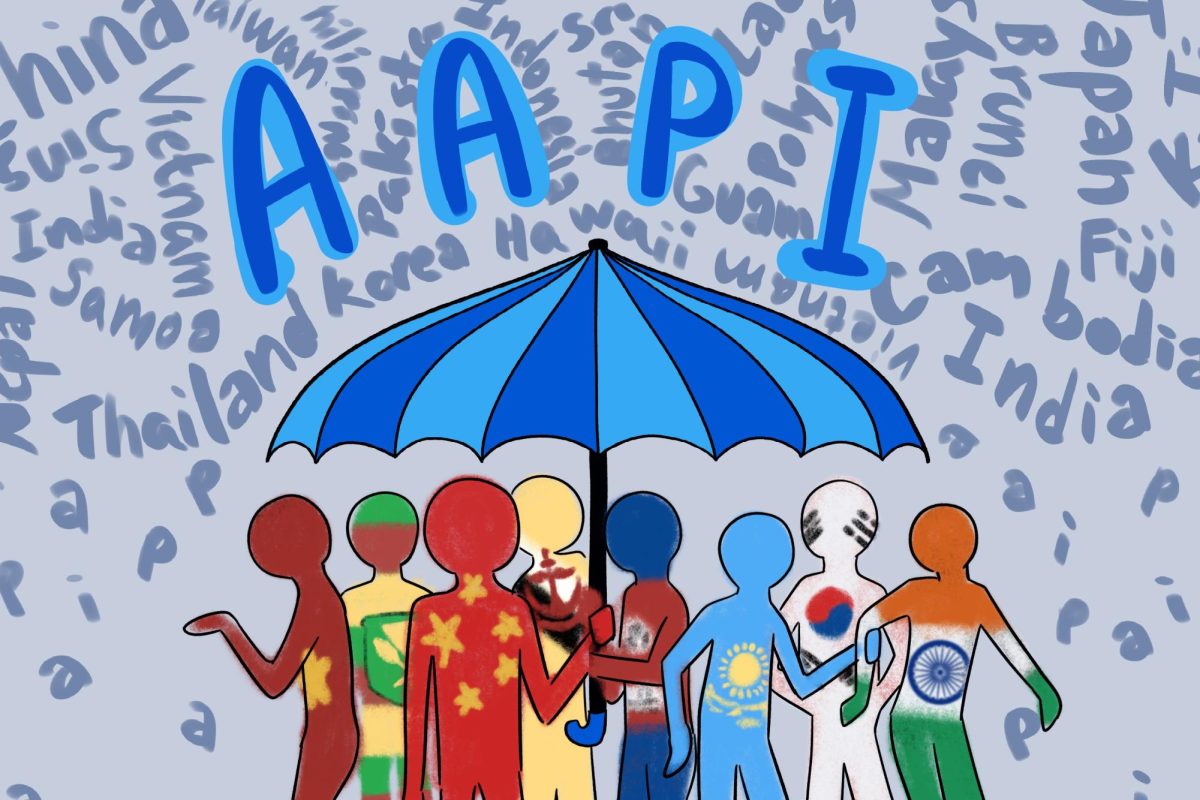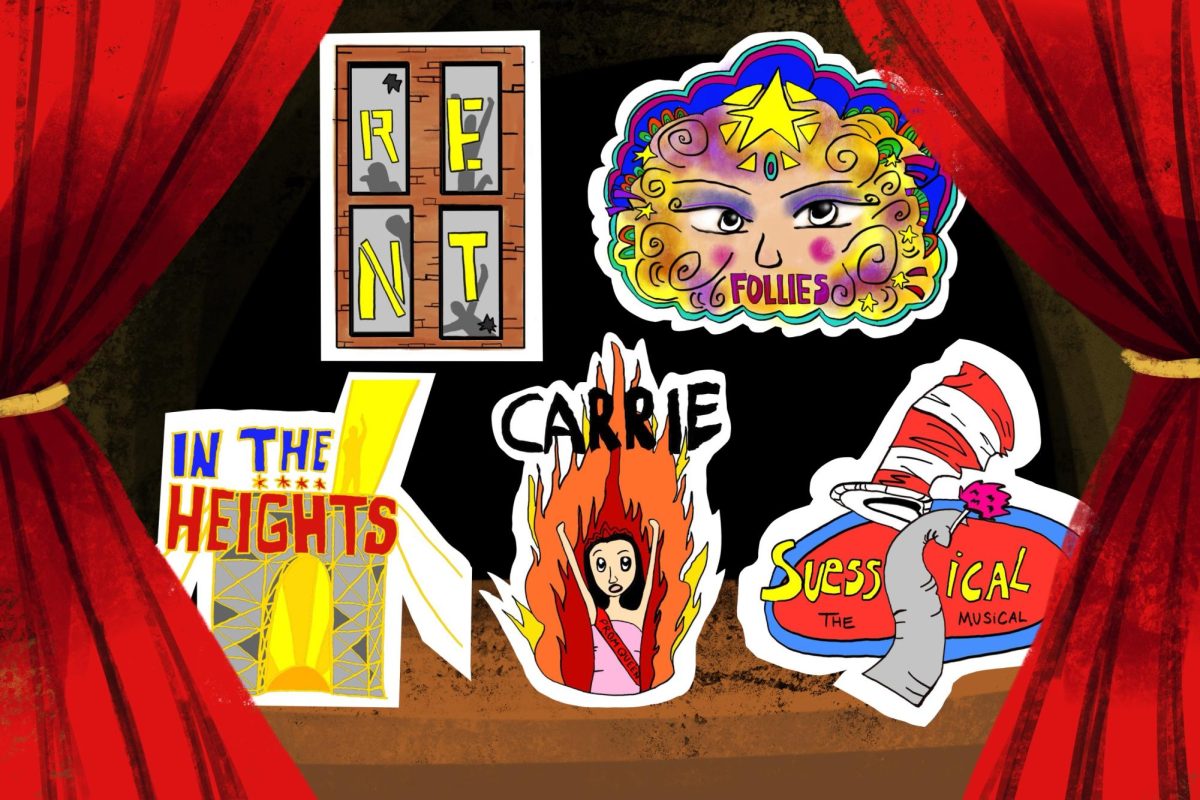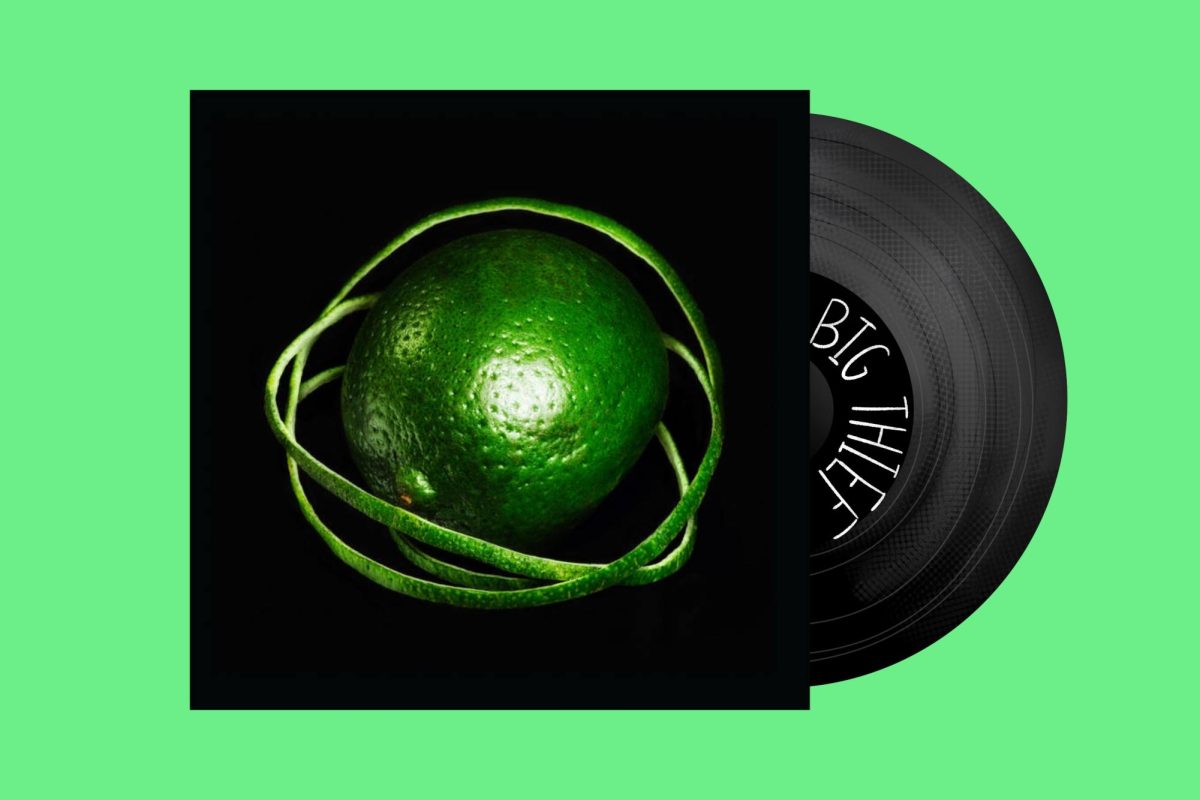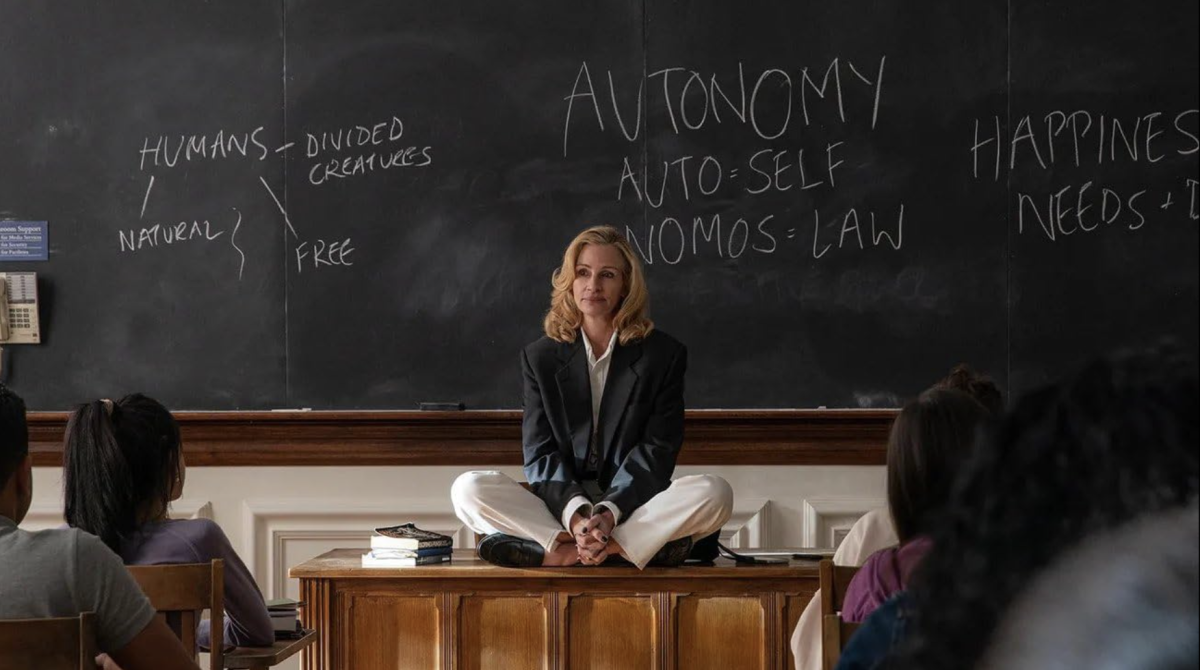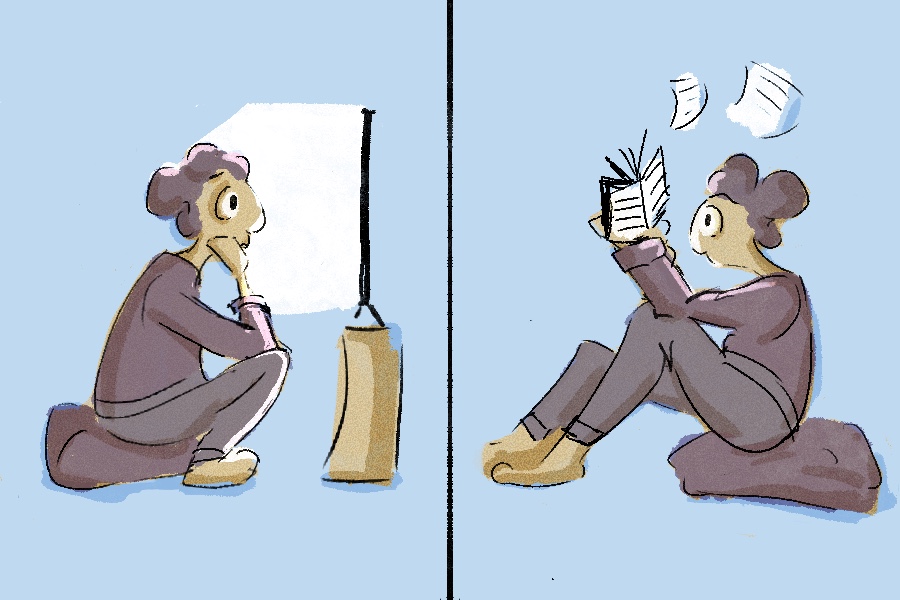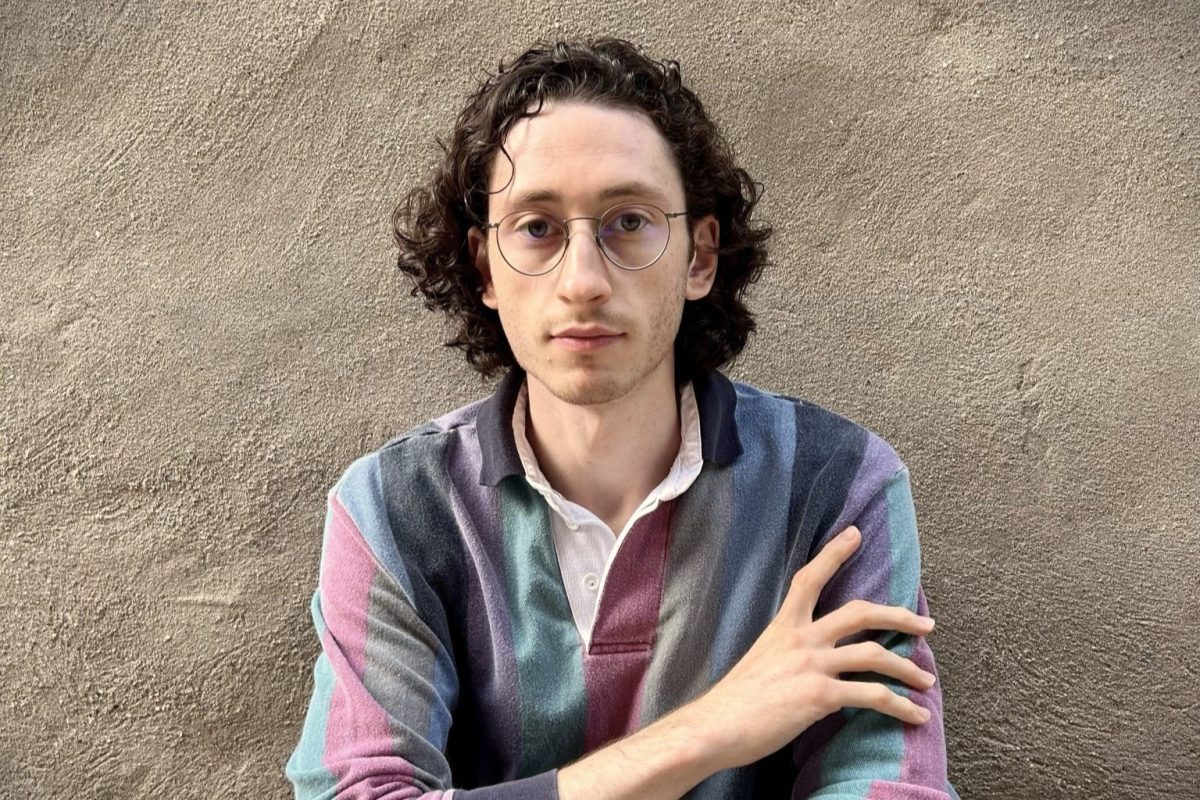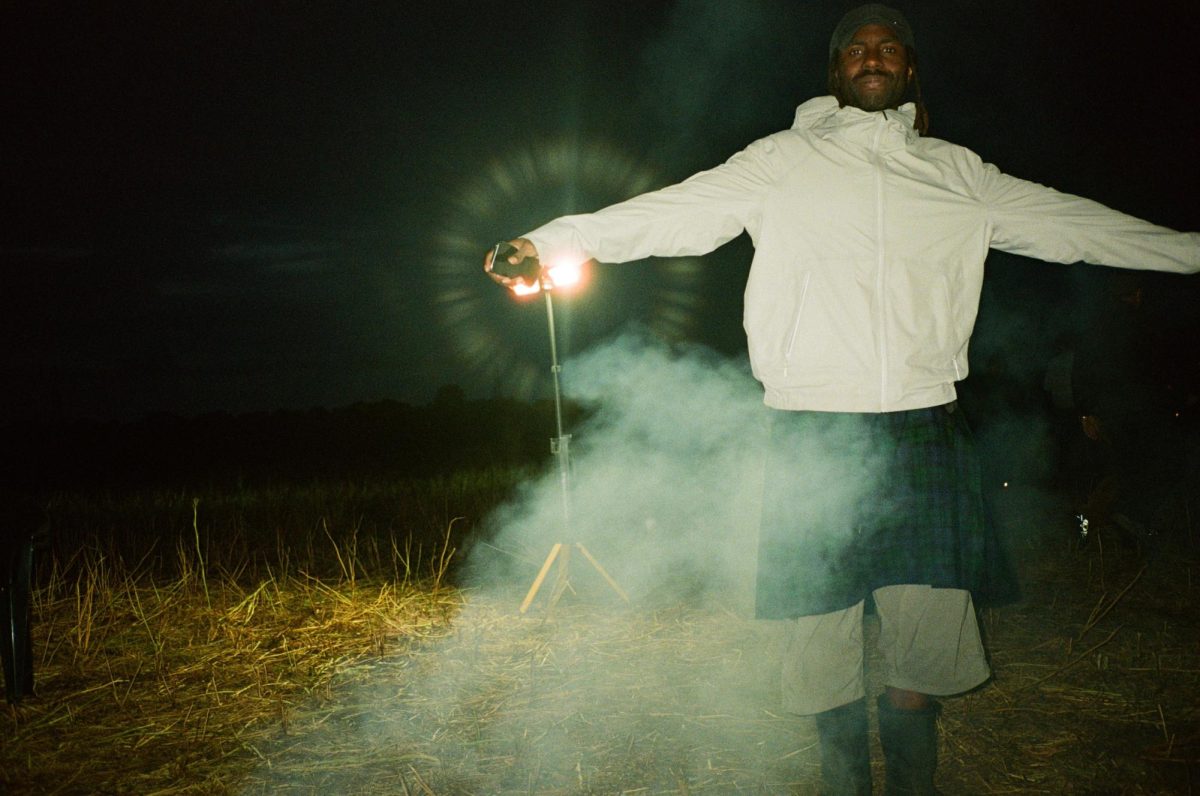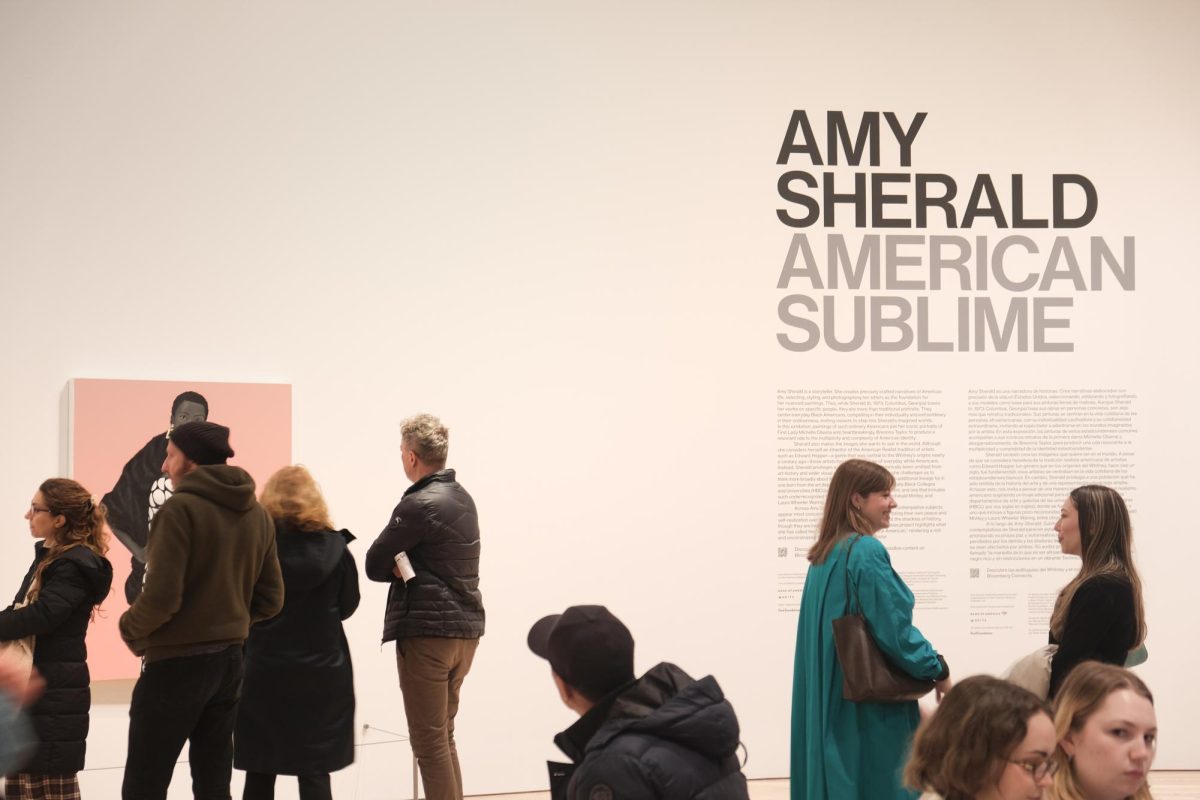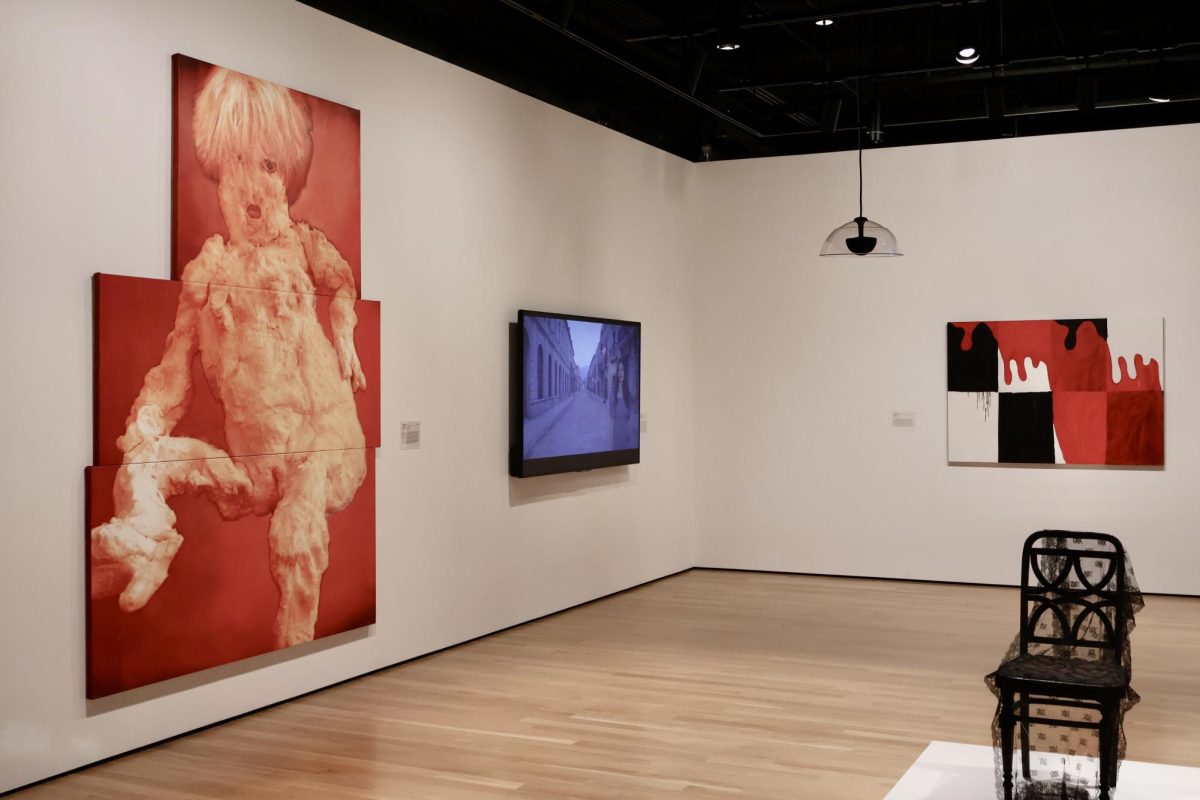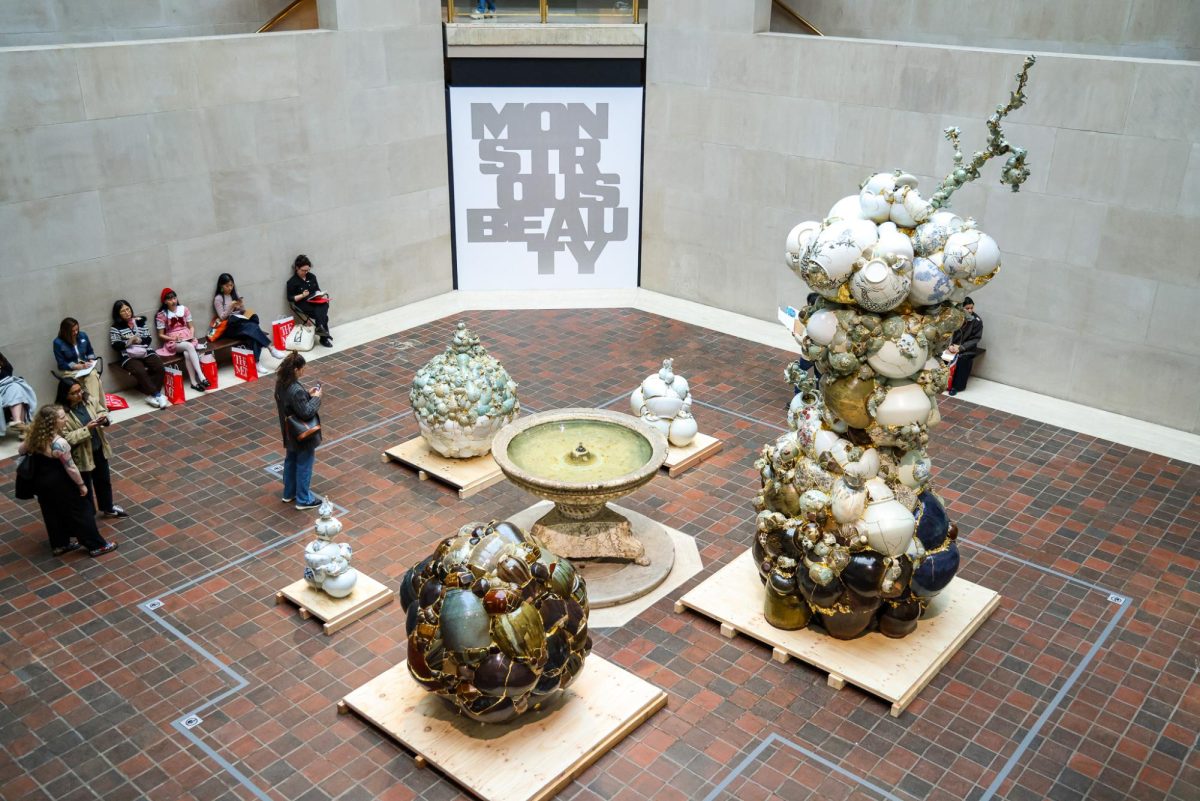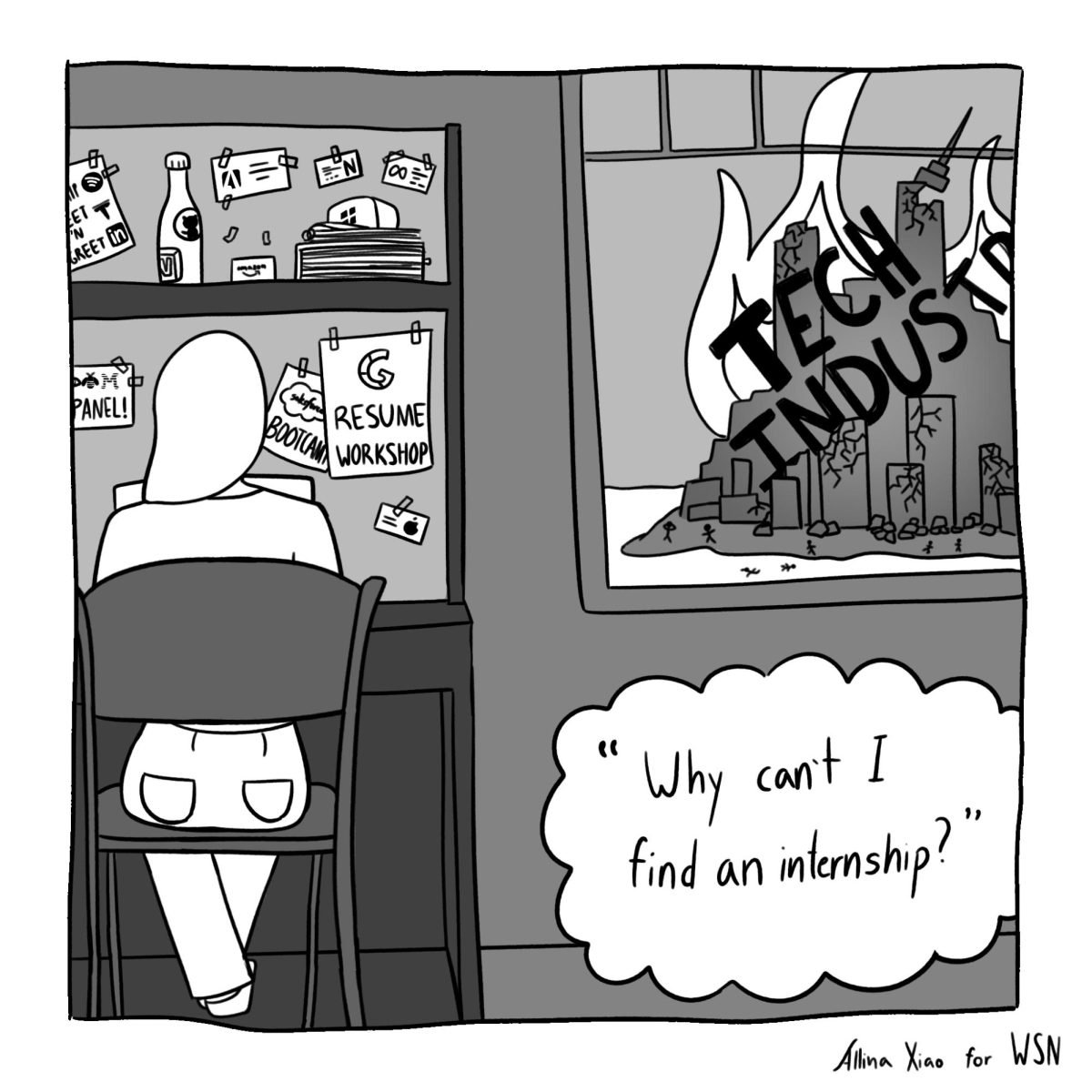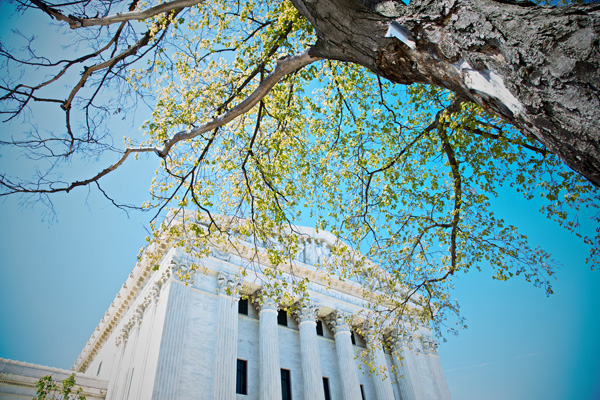
In light of the Supreme Court decision in late June to send the affirmative action case brought by the University of Texas back to the lower courts, NYU said that it will continue to take race into consideration when shaping the next student body as the university awaits the effects of the ruling.
A 7-1 vote among justices of the U.S. Supreme Court allowed affirmative action to stand, meaning that public universities can continue to use race to promote diversity in the admissions process as long as universities prove that no other reasonable alternatives will create a diverse student body.
But according to NYU spokesman Phil Lentz, because the court’s ruling will only apply to public universities, the ramifications for private universities like NYU are unpredictable.
“It is too early to know whether the Supreme Court decision will eventually impact admissions,” said Lentz. “However, NYU has no current plans to alter its admission process.”
Lentz said that while the university has taken affirmative action in deciding a qualified student body, many other variables work to form each class including geographic origin, citizenship status, religion, and special talents.
“Race is simply one of a number of variables, said Lentz. “One’s race is not the deciding factor for who is and who isn’t admitted to NYU.”
While affirmative action remains to be decided on a case-by-case basis, other programs indirectly work to promote diversity in higher education institutions.
State-sponsored programs like New York’s Higher Education Opportunity Program (HEOP) provide funds to assist in the recruitment, screening and testing of prospective college students, specifically targeting those who are academically and economically disadvantaged.
Students admitted to the program are given free tutoring and mentoring throughout the school year.
Without HEOP, Black Student Union President Alain Balan said he would not have been able to attend his top choice university and become the first generation in his family to attend college.
“Students who would not have gotten the chance to come to NYU come here and actually succeed,” said Balan. “If those students can do well here…why not give them the chance to attend the university?”
Contrary to common belief, HEOP is not an affirmative action program, but an access program. It falls under the Opportunity Programs umbrella, which includes other programs such as Collegiate Science and Technology Entry Program (CSTEP), which provides research opportunities primarily for Black, Latino and Native American students pursuing careers in mathematics, science, technology or medicine.
As universities wait for the Supreme Court’s decision to trickle-down, Charlton McIlwain, a Media, Culture and Communication professor whose work focuses on racial politics, said if lower courts continue to decide against universities, the future of affirmative action policies may be in danger.
“The likelihood that any new innovation in methods to achieve those ends may be legally challenged at any and every turn may lead some institutions to abandon efforts to achieve those goals in any serious and meaningful way,” said McIlwain.




